 |
 |
 |
 |
 |
|
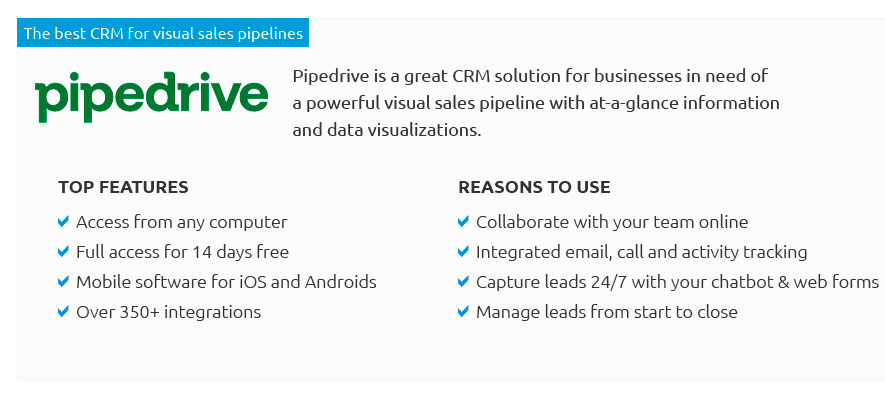 |
|
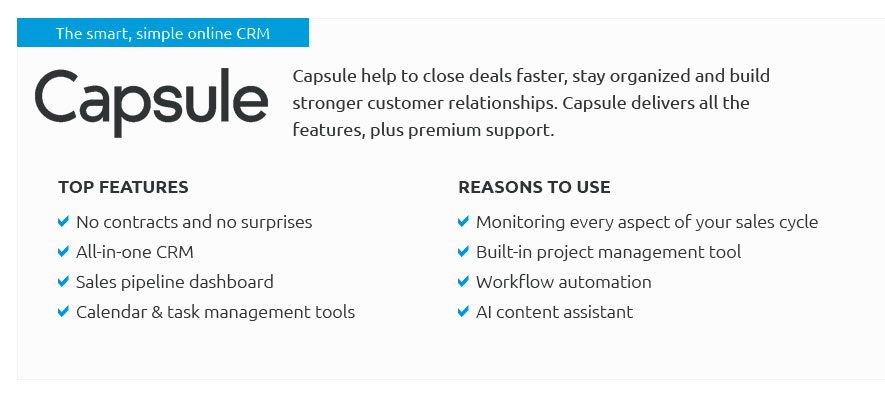 |
|
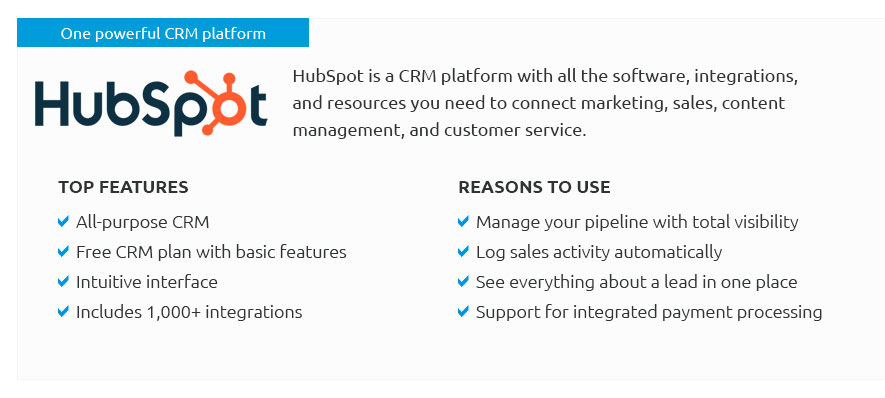 |
|
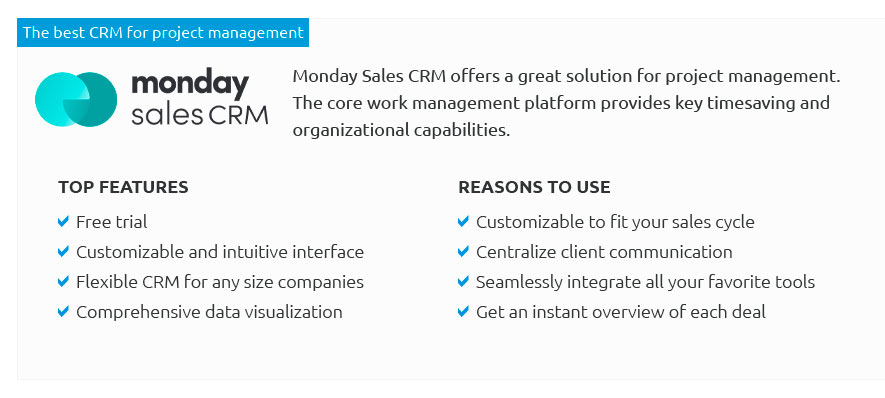 |
|
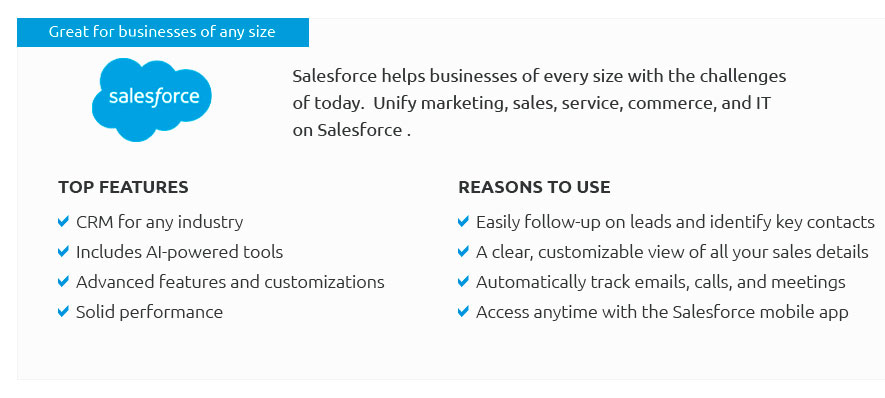 |
|
 |
 |
The Essential Guide to Lead CRM: Common Mistakes to AvoidIn today's fast-paced business environment, a Lead CRM (Customer Relationship Management) system is indispensable for managing potential customer interactions efficiently. However, as with any powerful tool, the success of implementing a Lead CRM largely depends on avoiding common pitfalls. Let's delve into the most frequently encountered errors and how to sidestep them. First and foremost, many businesses fall into the trap of overcomplicating their CRM setup. While it's tempting to integrate every conceivable feature, doing so can overwhelm your team and obscure the primary objective: nurturing leads into loyal customers. Simple is often more effective, especially when the tool is to be used by multiple departments with varying tech proficiency. Another common misstep is inadequate training. A CRM is only as good as the people who use it, and without comprehensive training, even the most intuitive systems can become a source of frustration. Investing time and resources in training ensures that your team can leverage the CRM's full capabilities, enhancing productivity and lead conversion rates. Furthermore, businesses frequently neglect to define clear objectives for their CRM. Before implementation, it's crucial to establish what you hope to achieve. Are you aiming to improve lead tracking, enhance communication, or streamline data management? Specific goals provide a roadmap for how the CRM should be used and measured, leading to more focused efforts and tangible outcomes. Equally critical is the failure to maintain data integrity. A CRM is a data-driven tool, and its effectiveness hinges on accurate and up-to-date information. Establishing protocols for regular data audits and updates is essential to prevent data decay, which can lead to misinformed decisions and lost opportunities. Moreover, a lack of integration with other business systems is a mistake that can severely limit a CRM's utility. Ensuring that your Lead CRM integrates seamlessly with your existing tools-such as marketing automation platforms, email systems, and analytics tools-can provide a comprehensive view of customer interactions and enhance overall efficiency.
In conclusion, while a Lead CRM is an invaluable asset for any business looking to optimize its customer relationship management, its potential can only be realized by avoiding these common mistakes. By focusing on simplicity, training, clear goals, data integrity, and integration, businesses can harness the full power of their CRM, leading to improved customer relationships and, ultimately, greater business success. https://www.procaresupport.com/procare-online/docs/lead-crm-tasks
Lead CRM Tasks - Navigate to the Leads > Tasks screen and click "Create Task" in the upper right. - Use the filter options to narrow down which ... https://leadcrmapp.com/
LeadCRM is a CRM software for insurance agents and brokers. It is a comprehensive insurance brokerage management system curated keeping in mind the requirements ... https://www.pipedrive.com/en/products/sales/leads/lead-crm
Lead CRM software helps salespeople and marketers find and nurture high-quality leads to conversion. With Pipedrive's centralized communication and marketing ...
|